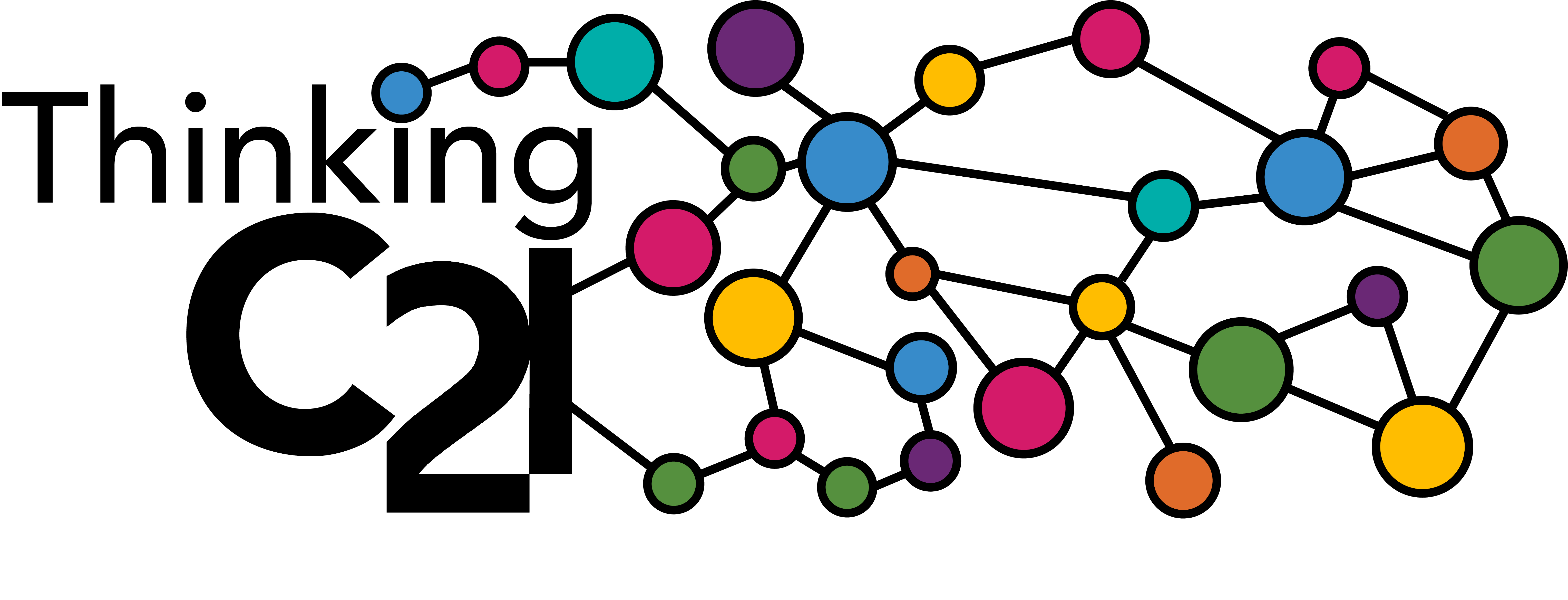By: Emily Clark
Roughly one mile down Michigan Avenue from the complex of hotels constituting this year’s Modern Language Association annual convention, the MLA Subconference was about as far from the MLA as is ideologically possible within a one-mile radius. Explaining that it “is in no way affiliated with or endorsed by the Modern Language Association” the graduate students who organized the subconference adopted the theme “Resisting Vulnerable Times,” calling for:
[A]n autonomous meeting of graduate workers, adjunct and contingent faculty, and unemployed or independent intellectuals that will coincide with the 2014 MLA convention. This gathering will be experimental, attempting to put into practice more democratic modes of knowledge production and decision making, and privileging the insight of those most directly exposed to the threats posed by our shared economic and political climate.
Aside from privileging the voices of those who are actually vulnerable in academia, other differences between the subconference and MLA abounded. For instance, at the subconference, there was one stream of sessions, rather than twenty or more concurrent sessions as at MLA. Q&As were generative and collaborative, and, without exception, went beyond the allotted time. Registration was also free and the conference was open to the public – no badge required, no police measures necessary. Breakfast, lunch, and beer were provided. In these ways, the subconference realized Virginia Woolf’s enduring notion that access to education and a pursuit of the intellectual life require an attention to material conditions. Further, a consistent theme throughout the subconference was the application of scholarship, critical analysis, and research skills to the actual material conditions of the university and its laborers.
Graduate student labor was foregrounded in many of the panels, along with the labor other contingent university workers do alongside of and in addition to their research and teaching. This includes graduate students who work in retail and service industry positions, often in formal breach of their contracts with their universities and despite feelings of shame over their own financial precarity, as well as the shaming practices of advanced faculty who encounter them as servers while out to dinner and threaten to tell their director. Graduate student presenters also discussed their activism and organizing for movements like Fight for 15 in Chicago and the Living Wage campaign at UVA, again, work that occurs along with research and teaching.
Standout panels of the two day event were focused on the materiality of money and included Wednesday’s “Introduction to University Finances: A Workshop on Researching Public and Private Higher Education Institutions” during which three literature scholars essentially taught the audience how to research their own university’s finances and provided fascinating and necessary context to ongoing discussions about the humanities in crisis. Disproving the commonly invoked notion that it’s impossible for academics to understand the financial conditions in which they’re entrenched, and punctuated by statements like: “The financial report is the Victorian novel of the university” and slide titles such as “IRS Form 990: A Goldmine” the panel provided instruction for accessing and analyzing university finances, both public and private, in tandem with the panelists’ analysis of these finances.
Not surprisingly, their analysis showed that construction and administrative costs have increased exponentially over the past decade. More surprisingly, the panelists explained how university administrators might actually be in collusion with state defunding initiatives, in that state/government money comes to universities with restrictions, whereas private loans and tuition do not. Unrestricted funds are understood by administrations as much more desirable than restricted funds.
Another surprise: tuition raises are falsely presented as the only response to state defunding, with the implication that these raises are necessary to cover educational costs. This analysis took place during Thursday’s panel “Student Debt: Individuated vs. Collective Responses” which at its core addressed the question: what does it mean to be a student in the 21st century? The answer: it means crippling debt. Rather than covering decreases in government funding, tuition raises are used to pay for what Robert Oxford described as the “empire” of the broader university, an empire which must expand or it will die. (Such premises are on display throughout the university.) This empiric expansion depends upon and regenerates physical expansion domestically and abroad, along with administrative expansion, both of which are paid for via tuition money and private loans, for which the university’s ability to raise tuition is presented as collateral. Actual educational expenses, and state/government funding, are drops in the bucket. Tuition increases are, now, understood as a necessary inevitability and both public and private discussions about the debt that these increases produce focus on the student’s individual ability to pay back the debt, not whether it is necessary or justified in the first place.
Would you like to make more money? Would you like to get pepper sprayed?
Along with a sustained attention to the money trail, subconference panelists and attendees also repeatedly took up the question of activism, organizing, and the problem of getting people (and faculty in particular) to become involved in understanding and addressing problems with and in the university. The problem of shepherding people from non-radical agreement (“would you like to make more money?”) to targeted activism was one approach outlined; another was the premise that action and activism are best received when predicated on returning things to the status quo. While organization and public protest were overwhelmingly seen as necessary measures to affect any local or structural change, one panelist pointed out the danger of successful organizing and public protest. He argued that it is the university’s dependence on debt, a debt which is made possible by a university’s high credit rating, that makes it vulnerable to public protest. But this vulnerability has brought with it an increasing militarization of university responses to public protest, because universities literally cannot afford to have their credit rating drop due to bad press.
Where do we go from here?
Each day of the subconference included time dedicated to planning both for the coming months and for the next subconference, which is tentatively scheduled to take place in Vancouver alongside MLA 2015. Much of this planning focused on providing actual training for attendees, such as union organizing, along with strategies for educating and enlisting tenured and tenure-track faculty. As C21 prepares to take up the question of Humanities Futures in 2014-15, it seems clear that such a future depends upon the co-operation of the tenured, tenure track, adjunct and graduate student laborer, in order to assess and expose the material conditions that have created these vulnerable times, and ideally, to resist them.
Ustream recordings of most of the panels are available online at http://www.ustream.tv/channel/mlasubcon, as is detailed live tweeting at #mlasubcon.
[Emily Clark is deputy director of the Center for 21st Century Studies]






